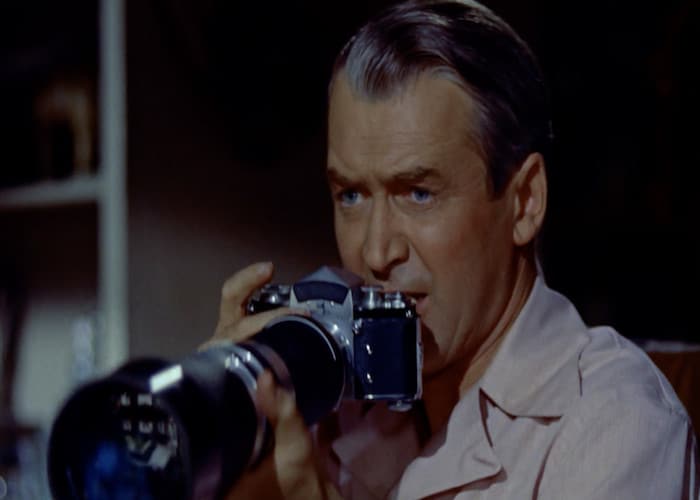Welcome to The Queue — your daily distraction of curated video content sourced from across the web. Today, we’re watching a video essay that explores how to spot the narrative conventions of classical Hollywood storytelling.
Before we pick our way into the reeds of theoretical narrative conventions, let’s all make sure we’re on the same page with respect to what “Classical Hollywood” is, exactly.
Classical Hollywood cinema is a term used by historians to describe both the visual style and narrative conventions of American cinema between the 1910s and the 1960s. If that sounds like a relatively vague span of time, that’s because it is! That said, you’ll be keen to note that that period effectively covers the tightening grip of American film as one of the most pervasive forms of the medium. All to say: understanding some of the era’s creative bones (broad strokes be damned) is imperative if you want to identify Classical Hollywood’s influence and detractors.
As the video essay below suggests, several of the key narrative conventions that defined Classical Hollywood storytelling are as follows:
- psychologically defined individuals
- a struggle to solve a problem or achieve a goal
- a conflict with other people or external circumstances
- characters have agency and causality moves the story forward
- there is decisive victory or defeat
Because most theoretical principles are best understood with examples, the essay (which takes the form of a lecture) looks at two films that embody these narrative principles: Alfred Hitchcock’s voyeurism thriller Rear Window (1954) and a modern example, Alfonso Cuarón’s Gravity (2013).
Be warned: the video essay below features spoilers for the aforementioned films.
Watch “What is Classical Hollywood Narration?”:
Who made this?
This video essay about how to identify Classical Hollywood narration is by Jordan Schonig, who holds a Ph.D. in Cinema and Media Studies from the University of Chicago. They are a Film Studies lecturer and make video essays on, what else, film. You can subscribe to Schonig on YouTube here. And you can follow them on Twitter here.
More videos like this
- Here’s another taste of Jordan Schonig‘s work: on Sean Baker’s Tangerine and the contradictory presence of digital cinema, both as an avenue for the fantastical and the realistic.
- And here’s Schonig on what the 2014 cyber horror film Unfriended can teach us about André Bazin’s concept of cinematic realism.
- Here’s Schonig on how Gravity walks the line between realistic and believable sound design.
- And finally, here’s Schonig on the narrative role of mise-en-scène in Sofia Coppola’s Marie Antoinette. That essay is a part of a three-part series on the film. Here’s an essay on what Coppola’s film can teach us about analyzing film acting. And here’s what it can teach us about film lighting.

